Adventure tourism and environmental protection don’t always align, despite marketing claims that suggest otherwise. Many outdoor activities claim environmental benefits while actually contributing to habitat destruction, wildlife disturbance, and resource depletion. However, genuine conservation-focused adventures do exist—experiences that directly fund protection efforts, support local communities, and contribute measurable environmental benefits.
The key lies in distinguishing between greenwashing and legitimate conservation programs that use tourism revenue for genuine environmental protection. Here is a list of 17 eco-adventures that demonstrably contribute to conservation efforts while providing meaningful outdoor experiences.
Sea Turtle Monitoring Expeditions

Coastal conservation programs worldwide welcome volunteers to assist with sea turtle protection during nesting seasons. Participants patrol beaches at night, record nesting data, and protect eggs from predators and human interference. These programs directly contribute to species recovery efforts while providing unique wildlife encounters.
Organizations like the Sea Turtle Conservancy in Costa Rica and similar groups use tourism revenue to fund year-round protection efforts that continue after volunteers depart.
Coral Reef Restoration Diving
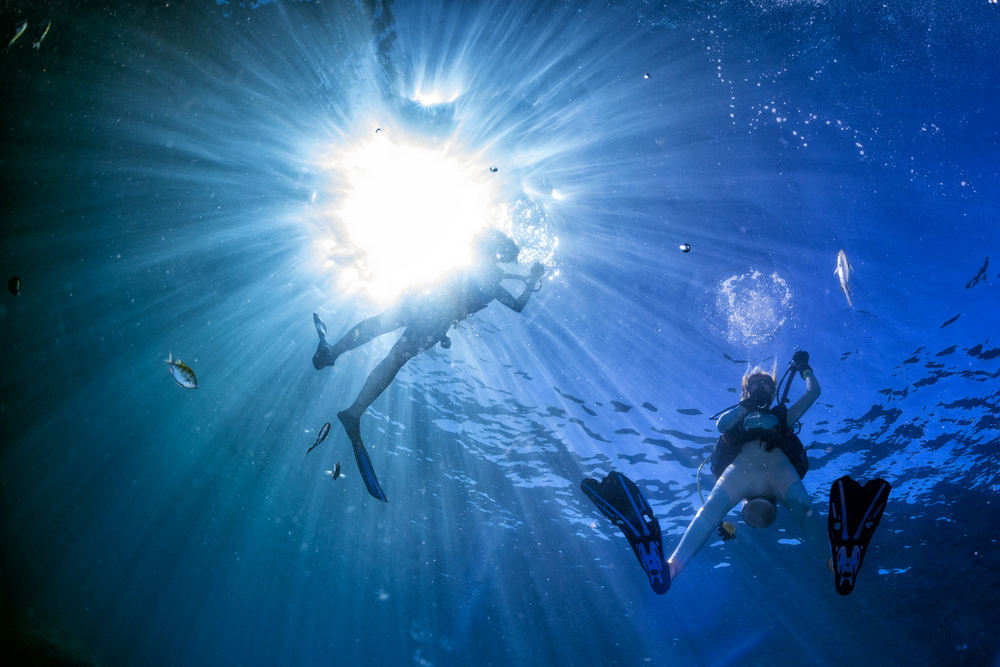
Certified divers can participate in coral restoration projects that involve transplanting coral fragments, removing invasive species, and monitoring reef health. Programs in the Caribbean, the Great Barrier Reef, and the Red Sea combine advanced diving experiences with hands-on conservation work.
Participants learn coral propagation techniques while contributing to ecosystem recovery efforts that require extensive human intervention. Diver fees directly fund ongoing restoration materials, equipment, and local staff employment.
Like Travel Pug’s content? Follow us on MSN.
Wildlife Research Safaris
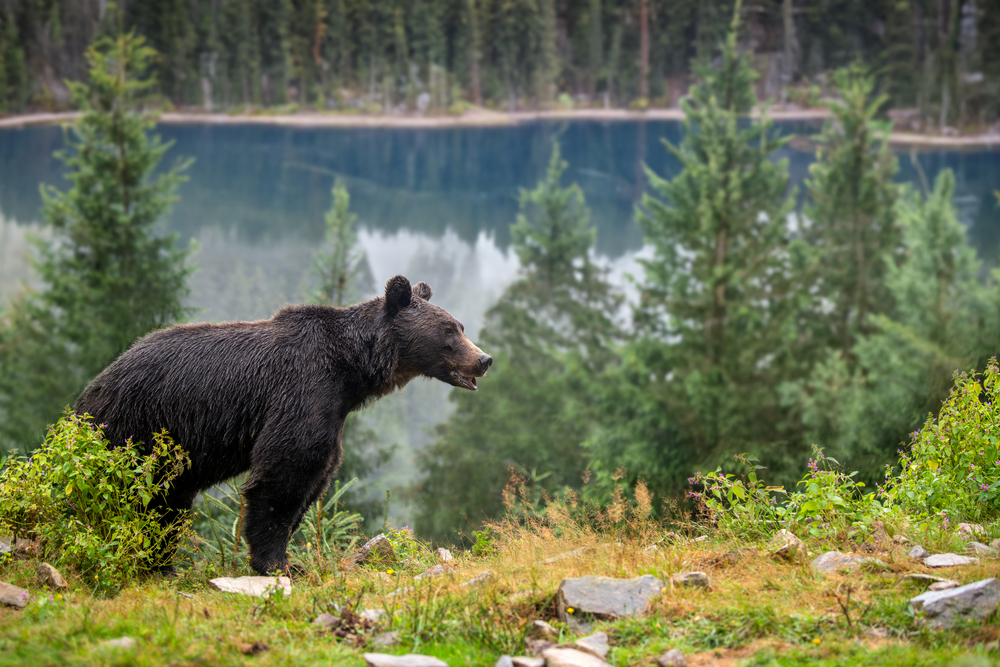
Research-based safari programs in Africa allow participants to assist with wildlife monitoring, data collection, and conservation research while experiencing traditional safari activities. Programs focus on endangered species tracking, migration pattern documentation, and anti-poaching support efforts.
Participants contribute to long-term scientific studies that inform conservation policy and protection strategies. The higher costs of research safaris fund equipment, local guide training, and community conservation incentives.
Forest Reforestation Projects
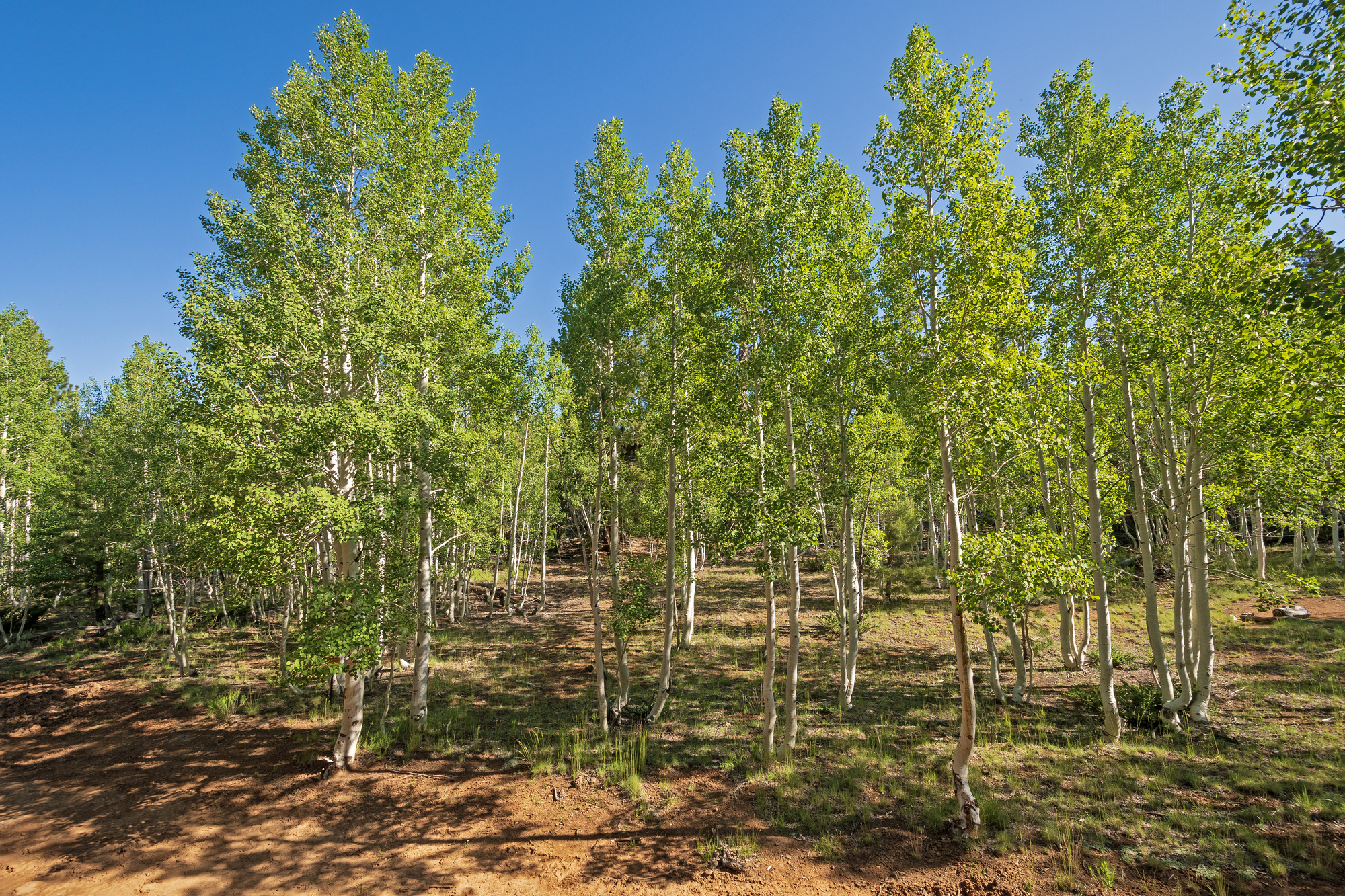
Tree-planting adventures in deforested regions combine physical outdoor activity with direct environmental impact through native species restoration. Participants work alongside local communities to plant indigenous trees, maintain young forests, and learn sustainable land management techniques.
These programs often operate in partnership with governments and NGOs to ensure proper species selection and long-term maintenance. The adventure component attracts participants who might not otherwise support reforestation through traditional donations.
Marine Biology Research Expeditions
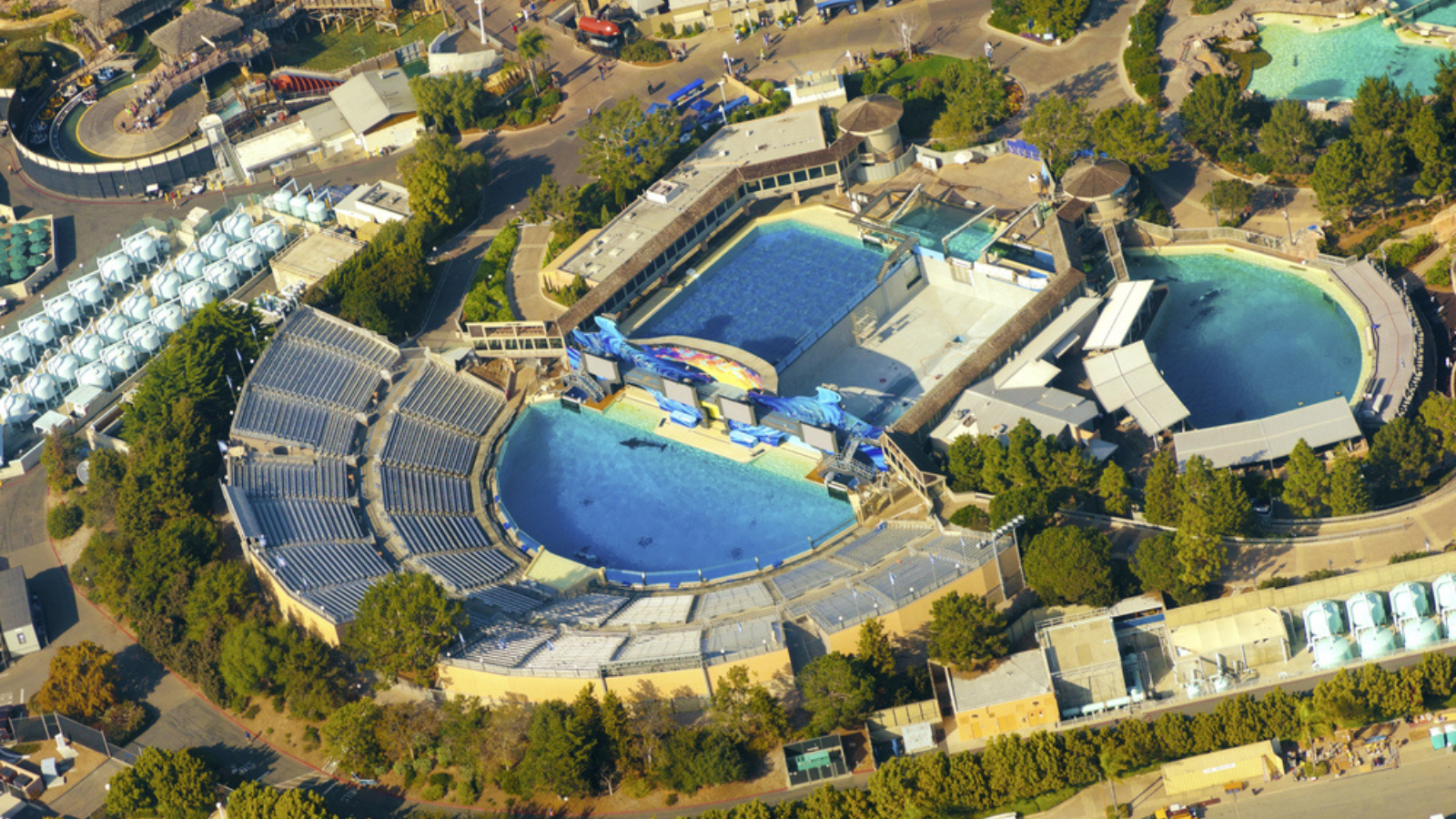
Citizen science programs aboard research vessels allow participants to assist with ocean conservation research while experiencing maritime adventures. Activities include shark tagging, whale population surveys, and marine ecosystem health monitoring.
Participants learn scientific techniques while contributing to databases used for marine protection policy development. Research vessel expeditions often access remote areas where traditional tourism creates negative environmental impacts.
Like Travel Pug’s content? Follow us on MSN.
Endangered Species Photography Tours
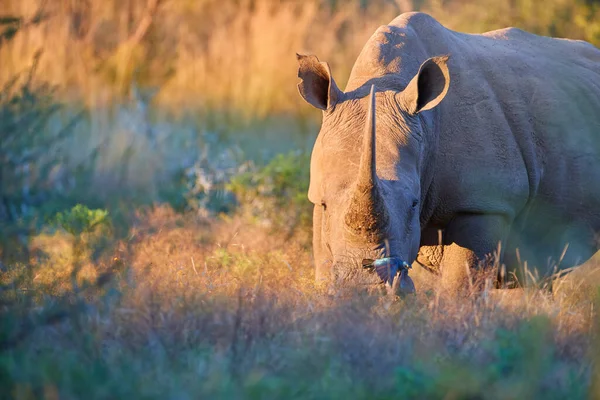
Specialized photography tours focus on documenting endangered species while funding habitat protection and anti-poaching efforts through premium pricing structures. Professional wildlife photographers guide participants to ethical wildlife viewing opportunities that generate high-quality documentation for conservation publicity.
These tours often partner with research organizations that use the photographs for scientific publication and public awareness campaigns. The premium pricing supports local conservation rangers and community protection incentives.
Invasive Species Removal Adventures
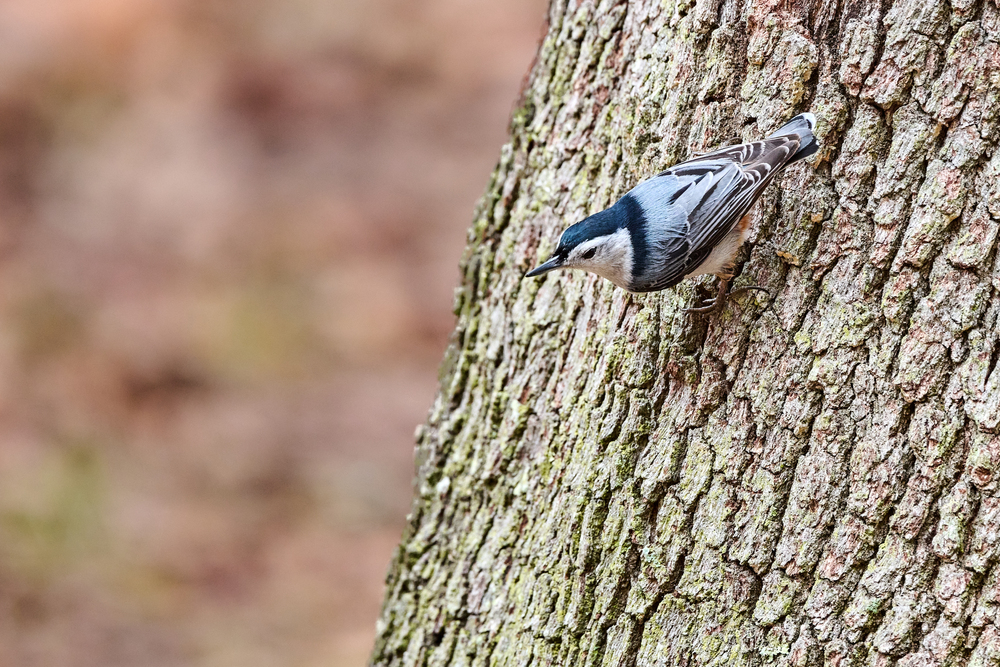
Outdoor adventures focused on removing invasive plant and animal species combine hiking, diving, or boating activities with direct ecosystem restoration work. Participants learn species identification while removing plants like kudzu, purple loosestrife, or invasive coral species that threaten native ecosystems.
These programs often operate in partnership with government agencies that provide training, equipment, and disposal logistics. The manual labor significantly reduces removal costs while educating participants about ecological balance.
Climate Change Research Expeditions

Polar and alpine adventures that contribute to climate change research allow participants to assist with ice core sampling, weather station maintenance, and ecosystem monitoring in rapidly changing environments. These expeditions often access remote locations where traditional research funding cannot support adequate scientific staffing.
Participants contribute to global climate databases while experiencing environments that may disappear within their lifetimes. The expedition fees support equipment transport and local community employment in research support roles.
Like Travel Pug’s content? Follow us on MSN.
Community-Based Conservation Tours

Rural community tourism programs directly link visitor spending with local conservation incentives by employing residents as guides, cooks, and educators in protected areas. These programs often operate in regions where communities previously relied on resource extraction that damaged local ecosystems.
Tourism revenue provides alternative income sources that make conservation economically viable for residents. Participants experience authentic cultural interactions while contributing to community-controlled environmental protection.
Urban Wildlife Habitat Restoration
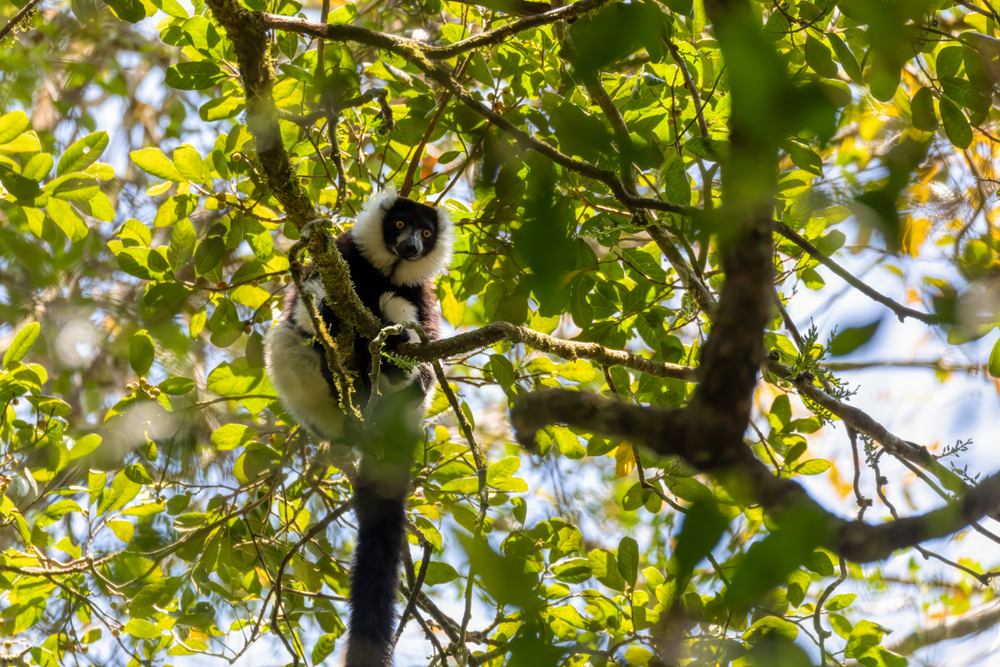
City-based conservation adventures involve restoring urban green spaces, removing invasive species from parks, and creating wildlife corridors that connect fragmented habitats. Participants often work in teams to restore native plant communities, build wildlife nesting structures, and monitor urban wildlife populations.
These programs demonstrate conservation techniques applicable to participants’ home communities. Urban habitat restoration creates measurable environmental benefits while remaining accessible to travelers with limited wilderness experience.
River and Watershed Cleanup Expeditions
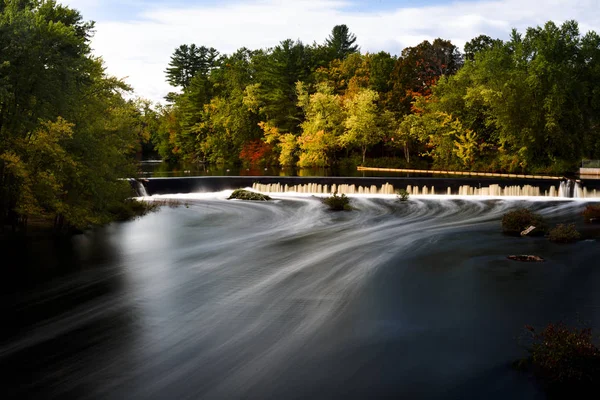
Multi-day river cleanup adventures combine whitewater rafting, kayaking, or canoeing with extensive debris removal and water quality monitoring activities. Participants camp along rivers while removing trash, documenting pollution sources, and collecting scientific data about watershed health.
These expeditions often focus on headwater regions where cleanup efforts have maximum downstream impact. The combination of adventure sports with environmental service attracts participants who might not volunteer for traditional cleanup events.
Like Travel Pug’s content? Follow us on MSN.
Desert Ecosystem Restoration
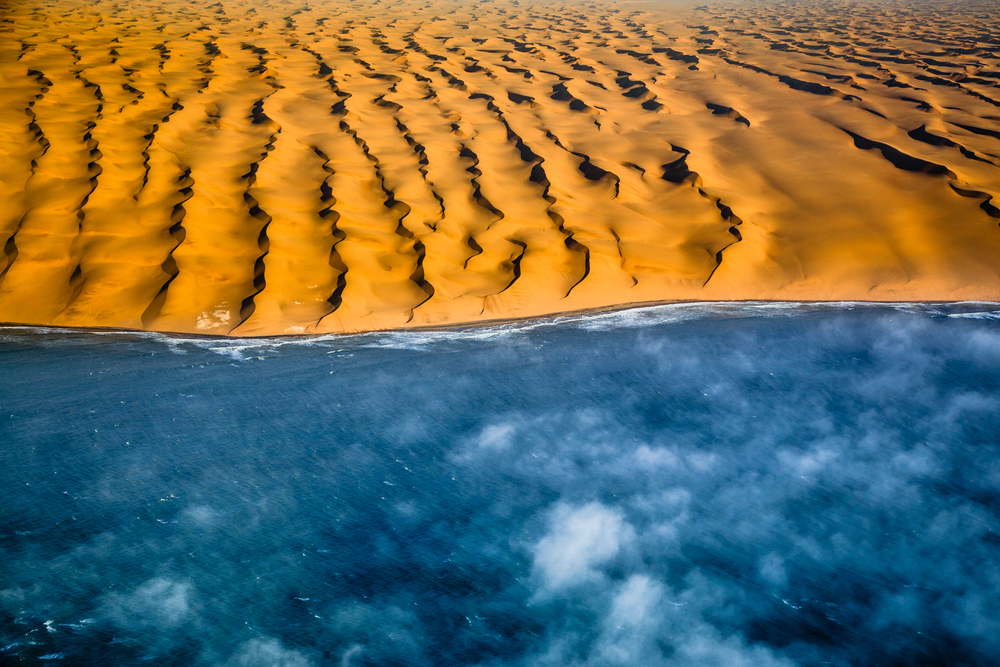
Desert conservation programs involve participants in habitat restoration activities like removing illegal roads, replanting native vegetation, and monitoring endangered desert species recovery. These programs often operate in partnership with government land management agencies that lack sufficient staffing for extensive restoration work.
Participants learn desert ecology while contributing to ecosystem recovery in regions particularly vulnerable to climate change impacts. The harsh desert conditions create genuine adventure experiences while accomplishing measurable conservation goals.
Sustainable Agriculture Education Tours

Farm-based eco-adventures teach sustainable agriculture techniques while supporting farmers who use environmentally friendly practices that protect surrounding ecosystems. Participants work on organic farms, learn permaculture techniques, and experience rural lifestyles that demonstrate alternatives to industrial agriculture.
These programs often focus on regions where agricultural practices directly impact watershed health, soil conservation, or wildlife habitat quality. The tourism revenue supports farmers transitioning from environmentally destructive practices to sustainable alternatives.
Wildlife Corridor Development

Habitat connectivity projects involve participants in creating wildlife corridors that allow animal migration between protected areas fragmented by human development. Activities include native plant restoration, fence removal or modification, and monitoring animal movement patterns.
These projects often require significant manual labor that volunteer tourists can provide more cost-effectively than hired crews. The corridor development directly addresses habitat fragmentation that threatens wildlife population viability across multiple ecosystems.
Like Travel Pug’s content? Follow us on MSN.
Pollinator Habitat Creation
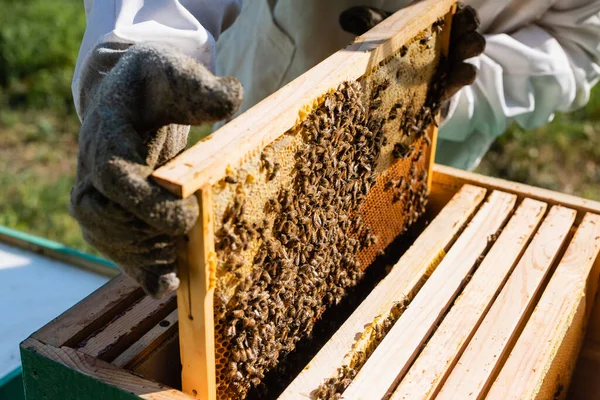
Bee and butterfly conservation programs involve participants in creating pollinator habitats through native wildflower planting, invasive species removal, and monitoring pollinator population recovery. These programs often operate in agricultural regions where pollinator decline threatens food security as well as ecosystem health.
Participants learn about pollinator ecology while contributing to habitat creation that supports both wild species and agricultural productivity. The hands-on conservation work demonstrates connections between ecosystem health and human food systems.
Renewable Energy Installation Projects

Adventure programs that combine outdoor activities with renewable energy installation contribute to conservation by reducing fossil fuel dependence in remote locations. Participants help install solar panels at research stations, wind turbines at community centers, or micro-hydro systems at eco-lodges.
These projects often operate in remote areas where grid electricity is unavailable, and diesel generators create significant environmental impacts. The technical learning experience attracts participants interested in renewable energy applications.
Wetland Restoration Adventures

Wetland conservation programs involve participants in ecosystem restoration activities like native plant installation, invasive species removal, and water level monitoring that directly improve habitat quality for waterfowl and other wetland species.
These programs often operate in partnership with duck hunting organizations and government agencies that recognize wetland ecosystem services. Participants experience unique ecosystems while contributing to restoration work that provides flood control, water filtration, and carbon sequestration benefits.
Like Travel Pug’s content? Follow us on MSN.
Conservation That Counts

These authentic eco-adventures prove that tourism can genuinely contribute to environmental protection when programs focus on measurable conservation outcomes rather than marketing appeal. Each experience demonstrates that environmental education combined with hands-on conservation work creates a more lasting impact than passive wildlife viewing or token environmental gestures.
The participants return home with practical conservation knowledge and direct evidence that their adventure spending supported real environmental protection rather than simply funding another vacation with a green marketing veneer.
More from Travel Pug

- 20 Best Beach Towns in the Carolinas
- 13 Destinations Where Tourists Regularly Regret Their Trip
- 20 Things You Actually Get in First Class
- 20 Small Airports With Aviation Museums
- 20 Places in the U.S. That Are Perfect for a Reset Trip
Like Travel Pug’s content? Follow us on MSN.
